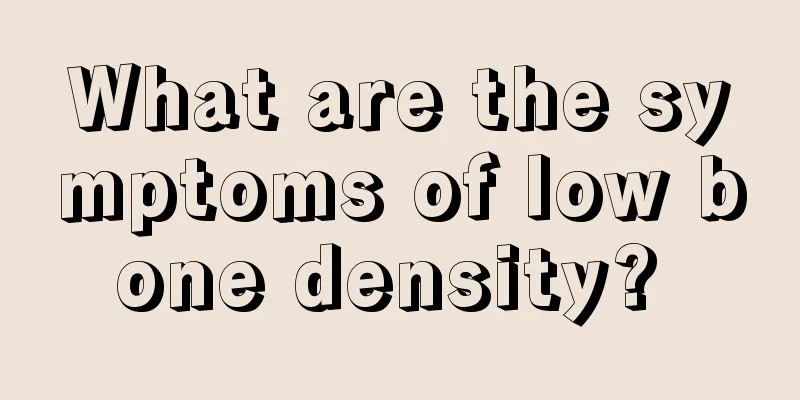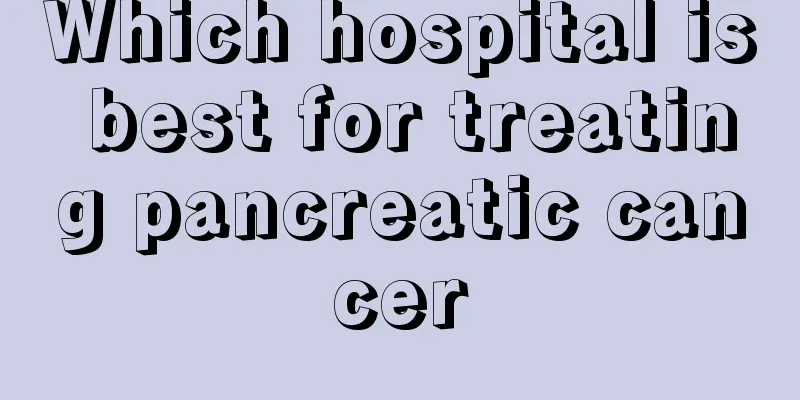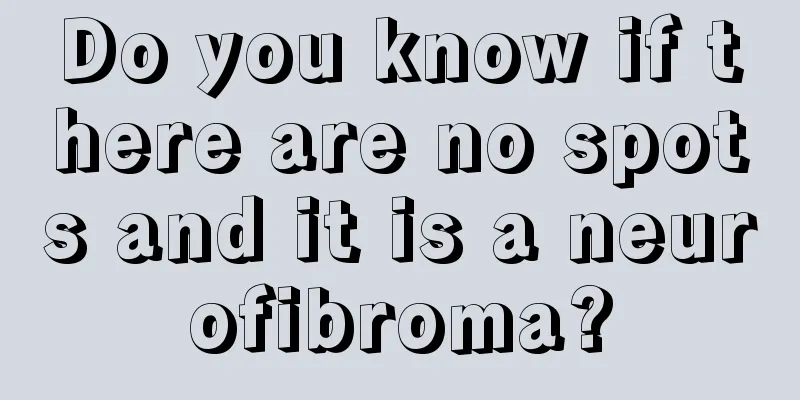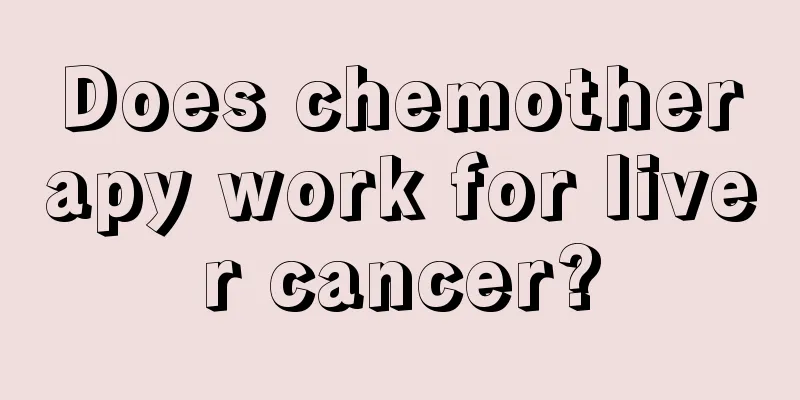What are the symptoms of low bone density?

|
As our living standards gradually improve, our work and life pressures are also getting greater, causing many people to be in a sub-healthy state. Some people often feel back pain in their lives, and this pain continues to spread to both sides of the spine. In fact, this is the phenomenon of osteoporosis caused by low bone density in the human body. What are the symptoms of low bone density? Here are the symptoms of low bone density. Symptoms of Low Bone Density Symptom 1: Weak legs and leg cramps When your bone density is low, you will usually experience weakness and weakness in your legs when walking, and sudden leg cramps when sleeping at night. These symptoms are more frequent among the elderly. In fact, this is a sign of low bone density. Do not supplement calcium blindly, but go to the hospital for a regular check-up in time. Follow your doctor's instructions after diagnosis. Symptom 2: Back pain Very low bone density can induce osteoporosis, with particularly pronounced pain in the lower back, which often spreads to both sides along the spine. The pain worsens when standing or sitting for a long time and is relieved when lying down. This is because when bone density is low, the vertebral trabeculae will atrophy and decrease in number, the vertebral body will be compressed and deformed, the spine will flex forward, and the lumbar muscles will double their contraction in order to correct the flexion of the spine, causing muscle fatigue and even spasm, resulting in unbearable pain in the lower back and back. Symptom 3: Hunchback, elongation and shortening Friends with very low bone density will develop hunchbacks and decrease in height over time. It usually occurs after chest and back pain has occurred for a period of time. Friends will be very distressed about this. Why is it so? Because the vertebral body is under great load, it is easy to be compressed and deformed after osteoporosis occurs, causing the spine to lean forward and the back to bend to form a hunchback, especially in the elderly where the condition is serious and the back is severely bent. At the same time, the spine is compressed and the vertebral bodies are shortened. The height becomes shorter. Symptom 4: Decreased respiratory function When the bone density value is very low, osteoporosis will occur, and compression fractures of the lumbar and thoracic vertebrae will occur, which will lead to kyphosis and chest deformity. The lung ventilation volume decreases, resulting in lower vital capacity, and the respiratory system becomes weaker. Patients will experience symptoms such as palpitations, chest tightness, shortness of breath, and difficulty breathing. Especially the elderly should be highly vigilant and seek medical treatment promptly if their condition is serious. Low bone density is a dangerous signal, reminding us to reflect on our living conditions. Pay attention to your diet, strengthen physical exercise, and find a balance between work and life through moderate adjustments. Being healthy is the prerequisite for having everything. Without a healthy body, no matter how great the success is, you will not be able to bear the joy. |
<<: How to deal with the burning sensation on your hands from cutting peppers
>>: How to suppress the broken hair on the top of the head
Recommend
How to deal with cracked toenails
I believe that everyone must not care much about ...
How to use beer to remove dandruff
Dandruff is a trouble that many people have in da...
How to wash lipstick marks off clothes
If there are lipstick marks on your clothes, you ...
What medicine is more effective for lymph node tuberculosis
Lymphatic tuberculosis is a disease that harms th...
How long does it take for severe fatty liver to develop?
The human body is prone to fatty liver disease wh...
How to make baby lithospermum oil
After the baby is born, the skin is very delicate...
How to cut okra
Okra tastes great and is beneficial to the body&#...
Symptoms of pancreatic malignant tumors
Pancreatic tumor is a malignant tumor disease tha...
6 parts of the body to see if your liver is healthy
Symptoms of excessive liver fire generally includ...
Can wearing a mask prevent formaldehyde?
Masks are something we see very often. In recent ...
Are there any medicines that can help you get rid of alcohol?
As the Spring Festival approaches, dinner parties...
Is breast-conserving surgery for breast cancer expensive?
As the pace of life nowadays is getting faster an...
Treatment and care of bladder cancer
Bladder cancer treatment and care? Bladder cancer...
How about dentures
Many people know that once there is a problem wit...
Chin hook ring mouth opening restricted
The jaw hook is part of the head joint. If the jo...









